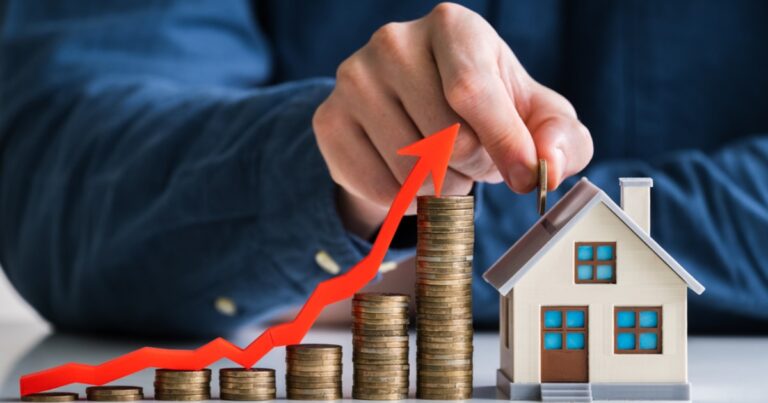
Source: blockchain.news
1. Introduction
Real World Assets (RWA) are those that have inherent value, are tangible or physical in nature and reside in the physical world. RWA’s spectrum is broad and includes everything from tangible items such as real estate, wine, commodities, artwork and vehicles, to contractual or legal rights such as patents and copyrights. These assets often form the basis of financial portfolios in various investment contexts. They function as loan collateral and serve as primary investment objectives for both institutional funds and individual investors.
2. Real World Asset Classification
tangible assets
They are physical goods that have real and intrinsic value due to their substance and properties. Examples include real estate, machinery, commodities (such as gold and oil), vehicles, and physical works of art.
intangible assets
These are non-physical assets that have a value based on contractual or legal rights. They often involve some form of intellectual property. Examples include patents, copyrights, brand names, and trademarks.
3. Real World Asset Applications
Traditional Investment
RWAs play an integral role in traditional investment strategies. For many investors and mutual funds, RWAs, like real estate, commodities, or fine art, provide a way to diversify portfolios beyond traditional stocks and bonds. For example, real estate can provide stable income through rentals, staples can serve as a hedge against inflation, and works of art can increase in value over time.
collateralization
In the realm of lending, real world assets (RWA) often act as collateral to bolster loans. When a real world asset (RWA) collateralizes a loan, it decreases the potential risk for the lender. In the event of a borrower’s default, the lender has the authority to seize and sell the asset to recover the value of the loan. Common cases where RWAs serve as collateral include home mortgages, where the property itself guarantees the loan, and auto loans, where the financed vehicle acts as collateral.
tokenization and decentralized finance (DeFi)
Blockchain technology enables RWA tokenization, allowing these assets to be represented digitally. Tokenization allows for fractional ownership, which lowers the barrier to entry and provides greater liquidity. Investors can buy and sell fractions of a property or piece of art, for example, instead of the entire asset. Additionally, these tokenized assets can be incorporated into decentralized finance (DeFi) platforms, creating avenues to lend, borrow, and earn peer-to-peer interest.
4. Advantages of real world assets
Diversification
Investing in RWA can help diversify a portfolio, as its value is often not directly related to the performance of financial markets. By incorporating RWA into their portfolios, investors can hedge against market volatility in stocks and bonds.
Stability
Certain types of RWA, such as real estate and commodities, often provide a measure of stability and can act as a store of value. They can provide a buffer against inflation, especially in times of economic uncertainty.
income potential
Various types of RWA, such as rental properties or investments in infrastructure projects, can generate a steady stream of income over time, providing both capital appreciation and income.
5. Challenges of real world assets
illiquidity
One of the main challenges with RWAs is that it can be difficult to convert them to cash quickly without incurring substantial costs. This lack of liquidity can be a barrier for investors who need to quickly adjust their portfolios or access cash.
Maintenance costs
Many RWAs require significant maintenance and management. For example, real estate requires maintenance, machinery may need regular service, and even intellectual property rights must be legally defended, all of which can increase the cost of owning these assets.
Regulatory challenges
The regulatory landscape for RWA tokenization and its integration into DeFi platforms can be complex. As tokenization often falls into a gray area in many jurisdictions, it may be subject to evolving regulatory frameworks and legal considerations.
6. Evolution of real world assets: Blockchain and DeFi
The rise of blockchain technology alongside decentralized finance (DeFi) is transforming our engagement with real world assets (RWAs). Through the tokenization process, tangible assets are divided into numerous tokens, each of which can be traded independently. This innovative approach promotes fractional ownership, thereby improving liquidity and opening the doors to a more diverse group of investors to participate in asset ownership.
Tokenization
Tokenization is the process of converting the rights of an RWA into a digital token on a blockchain. For example, a piece of real estate can be tokenized into multiple units, and these digital tokens can be bought or sold, representing fractional ownership of the property.
DeFi and RWA
Tokenized RWA can also be integrated into DeFi platforms. This app provides new avenues to lend, borrow, and earn peer-to-peer interest. For example, a token that represents ownership of a property can be used as collateral for a loan on a DeFi platform. Similarly, owners of tokenized assets can earn returns by participating in DeFi protocols.
7. Conclusion
Real-world assets are integral components of the global economy and do double duty as investment platforms and as collateral for loans. The introduction of blockchain technology is rapidly altering our interaction dynamics with these assets. Tokenization holds the promise of making these assets accessible to a broader population, thereby transforming the financial arena and paving the way for new avenues of investment and wealth generation.
Read More at blockchain.news